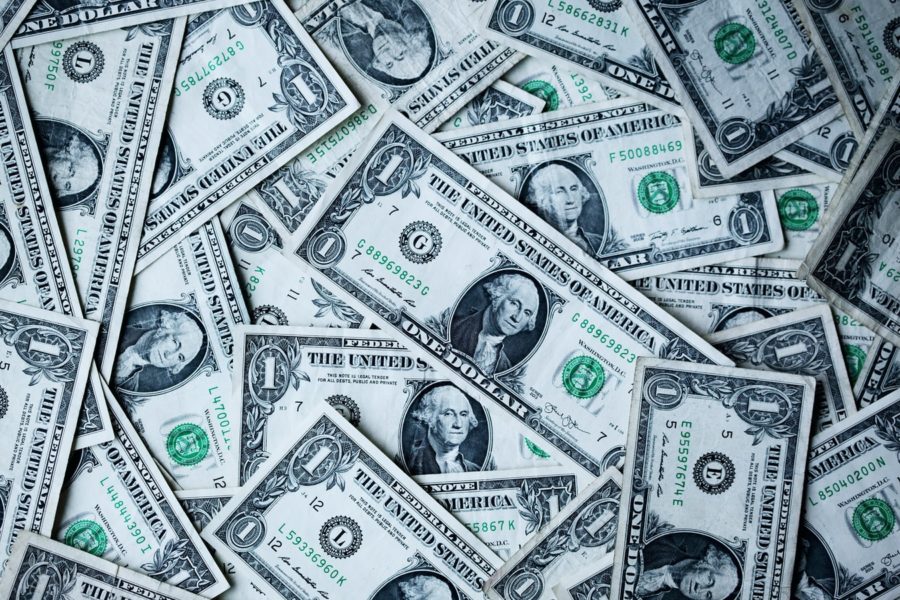The origin of banking was a place where you could leave your coins for safekeeping or lend it for interest.
In exchange, you would get an IOU. These IOUs became standardized and non-personal and would circulate much like an alternative currency.
The borrowers soon discovered that as the IOUs circulated, they were not all redeemed. Thus it was not necessary to keep enough specie (i.e. coins) to be able to pay all outstanding debt.
In some cases, the issuer of the IOUs where originally governments, but usually they where private banks or trading houses
The system of IOUs often evolved into formal paper bills, that could be redeemed into physical metal. In different times and places, the evolvement of paper money has been different.
In certain cases, the IOU stage has been skipped entirely while in other, it has lasted for a long time.
One of the most important consequences of the introduction of bank notes backed by physical money is that it made it possible to drastically increase the supply of money.
This facilitated increasing amounts of credit. As long as money had been made of physical metal, the amount of money was limited by the amount of metal in circulation.
In the long run, the amount of metal available for coins could change with new discoveries and with changing amounts of metal used for other purposes, but for the short term, the amount of money available was virtually fixed.
However, the demand for money would change making the value of money fluctuate.
The classic example of changing demand for money is harvest time in the 19th century America, when farmers would have to borrow money to pay temporary workers.
This was, however, less of a problem in older times. Then, times of war were the times of increasing demand for money.
The availability of credit also enabled more speculative businesses than before. Foreign trade, something that was often very risky, is the perfect example.
At certain times in history, credit financed trade expeditions would flourish. At other times, when credit was not readily available, foreign trade was effectively monopolized by established trading houses.
In most cases the paper money, fractional reserve system has eventually been monopolized by the government, as it has been a very lucrative business.
Once the government has control over the banknotes, it usually does not take long before the monetary system evolves into the next stage.

